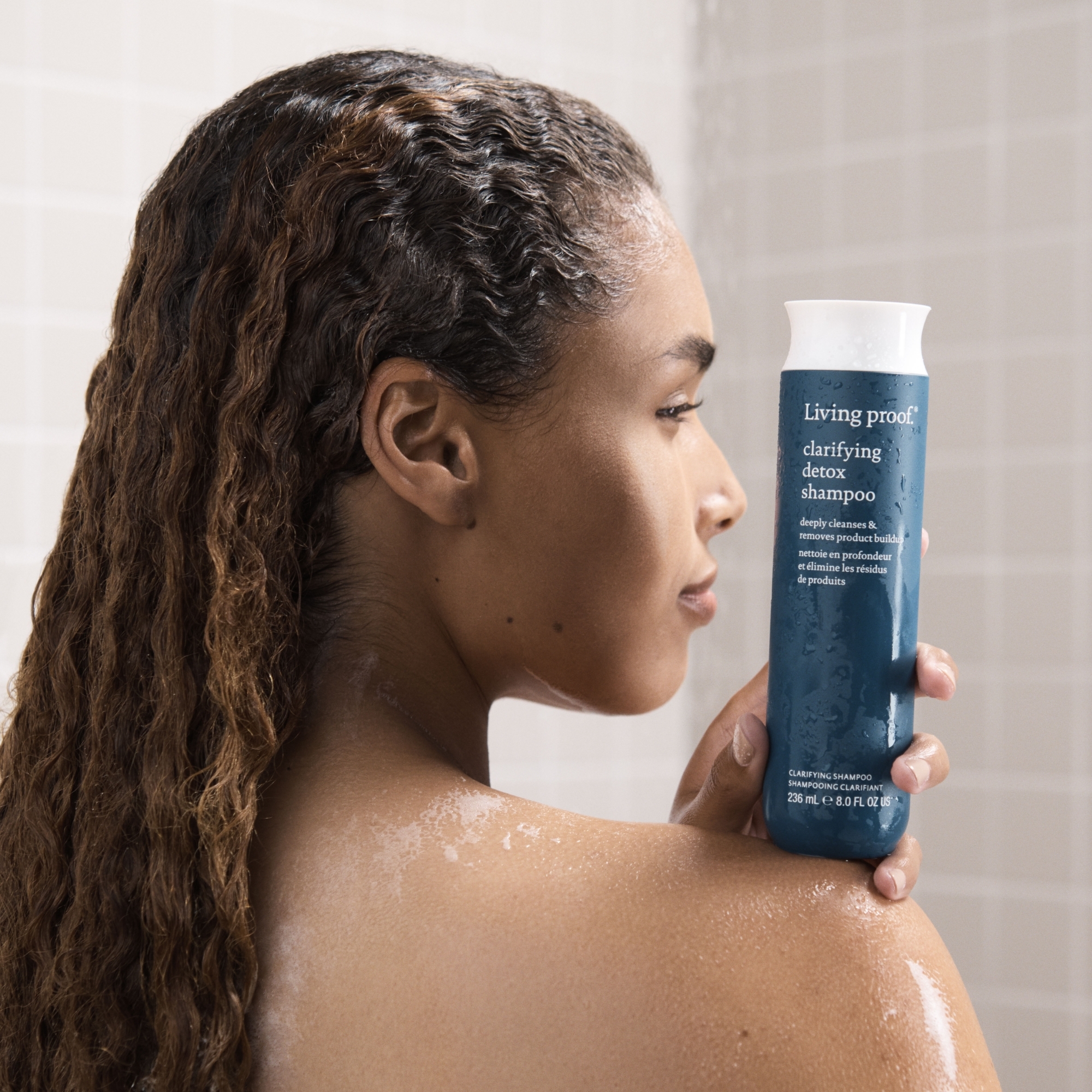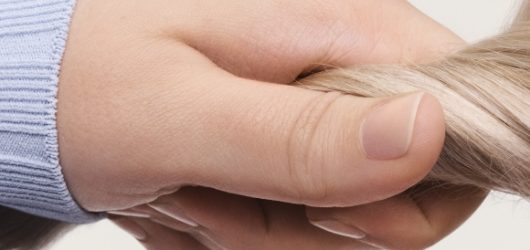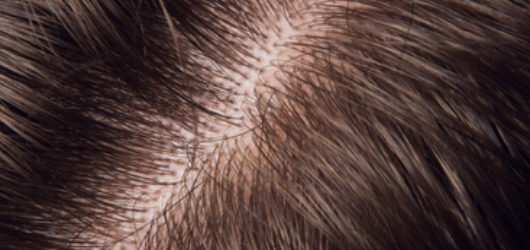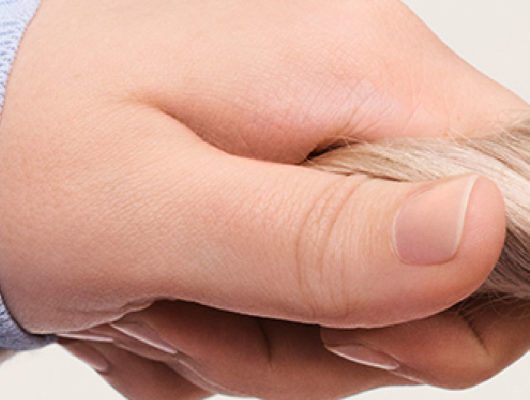
Hair Bonds 101: What They Are and How to Repair Them
There’s more to hair than meets the eye. While you might see a given hair color and length, on a microscopic level, there are tons of protein chains and hair bonds linking them together — all of which are part of the hair fiber. And for something so small, hair bonds have a huge impact on your overall hair health.
For starters, intact hair bonds equal healthy hair. That seems straightforward enough — until you consider that there are different types of bonds. Each type has its own role in the hair, but generally, it’s important to know that they all work together to create a stronger hair fiber, which leads to stronger, healthier hair. Still with us? Great! Here, exactly what hair bonds are, and how to keep them intact.
What are bonds in the hair?
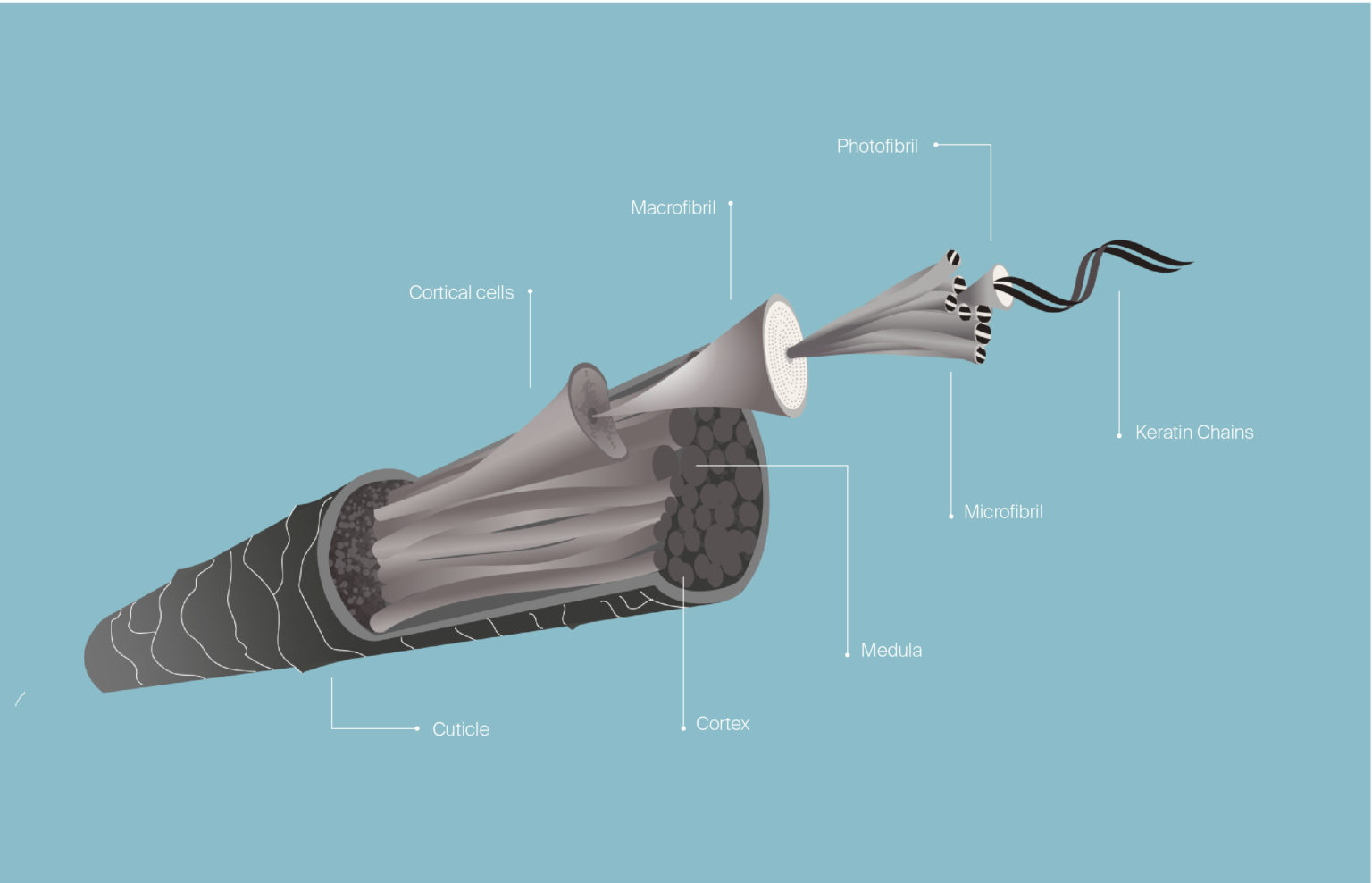 Before we get into bonds, let’s start with a quick hair science lesson: Hair fibers are mostly made up of protein. The chemical interactions within and between these protein chains give hair the characteristics that you can see and feel, like its strength, shine, and even shape.
Before we get into bonds, let’s start with a quick hair science lesson: Hair fibers are mostly made up of protein. The chemical interactions within and between these protein chains give hair the characteristics that you can see and feel, like its strength, shine, and even shape.
Clearly, these chemical interactions are pretty important. This is where bonds come in: These interactions can only occur through the hair bonds, which work almost like a suspension bridge between each protein chain. That’s why strong, healthy hair bonds are essential for hair health.
The three different types of hair bonds
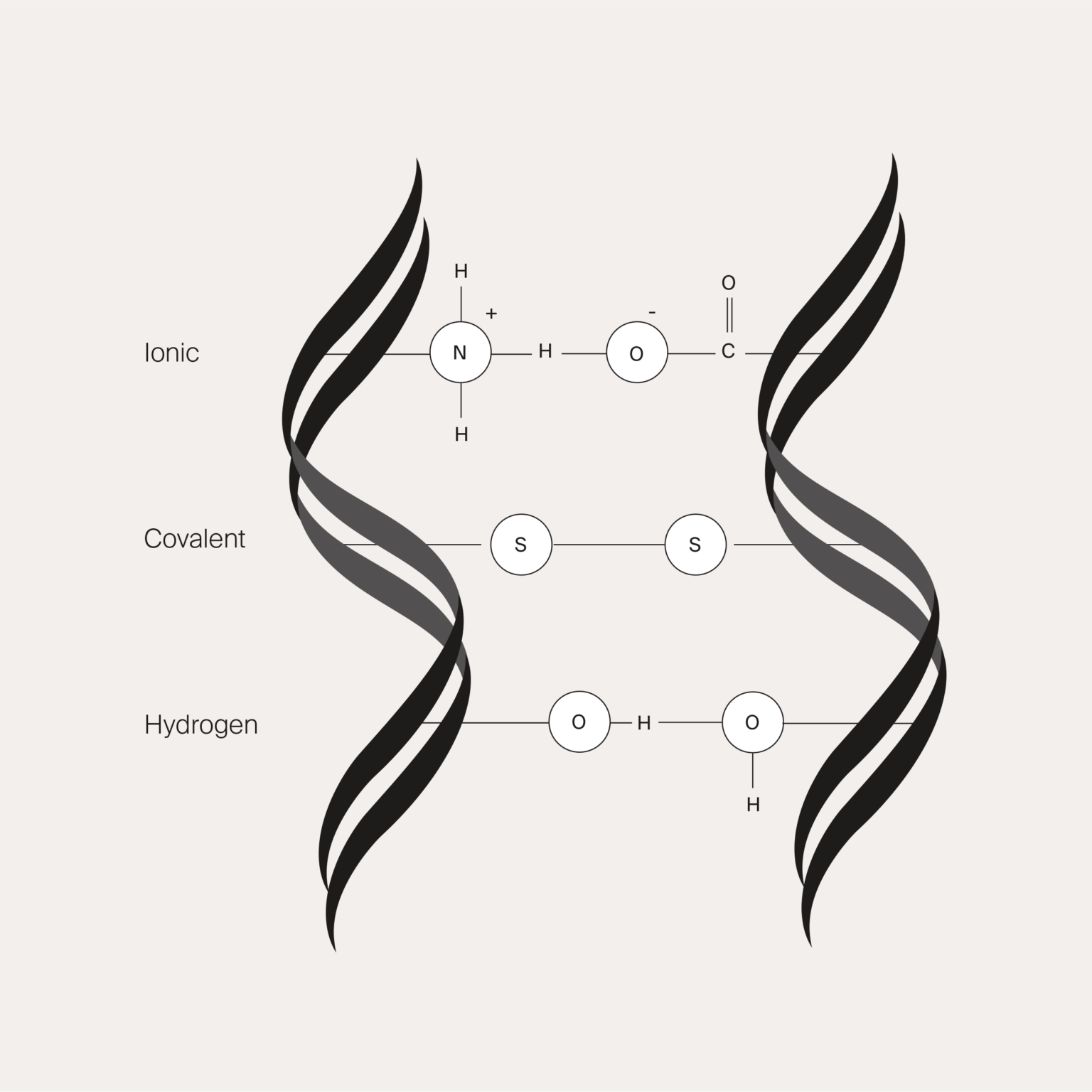 Not all hair bonds are created equal. There are three different types of bonds found in hair: hydrogen, ionic, and covalent. Together, they build those strong interactions among protein chains, which in turn make up your hair fiber. Here’s how they differ:
Not all hair bonds are created equal. There are three different types of bonds found in hair: hydrogen, ionic, and covalent. Together, they build those strong interactions among protein chains, which in turn make up your hair fiber. Here’s how they differ:
- Hydrogen bonds: These temporary bonds are the weakest of the three types.
- Ionic bonds: Sometimes called salt bonds, these are temporary, too, but tend to be much stronger. In fact, they’re responsible for a third of hair strength.
- Covalent bonds: These permanent bonds provide structure and shape to the hair. One of the best known types of covalent bond is the disulfide bond.
What breaks bonds in the hair?
Hair bonds are more vulnerable than you might think: Brushing, heat styling, color processes, and chemical treatments can all contribute to weakened or broken bonds. Even just styling hair requires either sheer force, chemicals, or heat to break the bonds that hold strands’ shape, weakening it over time. What’s more, coloring and bleaching processes damage the internal structural integrity of the fiber, resulting in hair that’s more prone to breakage. But different types of damage break different types of bonds — here’s the breakdown.
How do hydrogen bonds break in hair?
Hydrogen bonds can be easily broken by exposure to water or heat. That’s why hair simply blown dry — which, through heat, “sets” hydrogen bonds — reverts to its natural shape and “resets” when it gets wet.
How do ionic bonds break in hair?
While they help give hair its strength, under certain conditions (such as a change in pH) ionic or salt bonds can be weakened and ultimately broken.
How do disulfide bonds break in hair?
Even though covalent bonds are the strongest, they can still be broken via harsh processes like bleaching or excessive heat-styling–which alter and damage the internal structure of the hair.
How to strengthen and repair hair bonds
While laying off the heat styling and skipping color services can help keep bonds intact, that’s not exactly a realistic option for most people. That’s where Triple Bond Complex comes in. With this strengthening formula, we’ve engineered a patent-pending technology designed to repair all three types of bonds found in hair, taking a comprehensive approach that restores hair to its full self–and finally puts a stop to the cycle of damage.
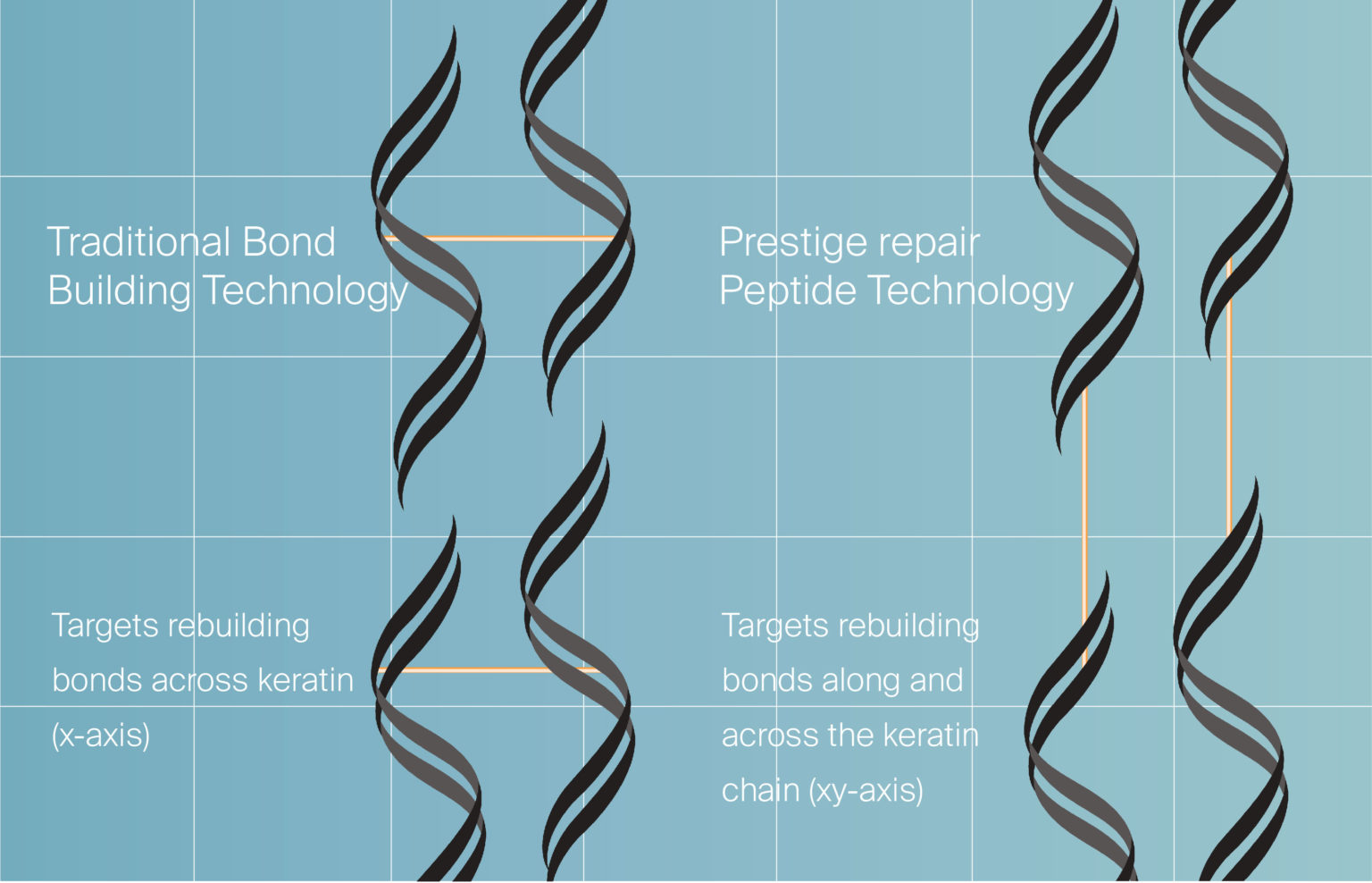 What sets this treatment apart from other bond-builders is that current technologies out there tend to only address one or two types of bonds found in hair with varying effectiveness, leading to results that aren’t necessarily on par with healthy, undamaged hair.
What sets this treatment apart from other bond-builders is that current technologies out there tend to only address one or two types of bonds found in hair with varying effectiveness, leading to results that aren’t necessarily on par with healthy, undamaged hair.
Bottom line? Our next generation strengthening treatment efficiently and effectively targets all three types of bonds for comprehensive repair, immediate perceivable benefits, and protection against future damage. While covalent bonds are the strongest — and therefore tend to be the default target for a strengthening treatment — hydrogen and ionic bonds also play an integral role in overall hair health. Because the Triple Bond Complex targets all three bonds, it strengthens and repairs all hair types and all levels of damage. 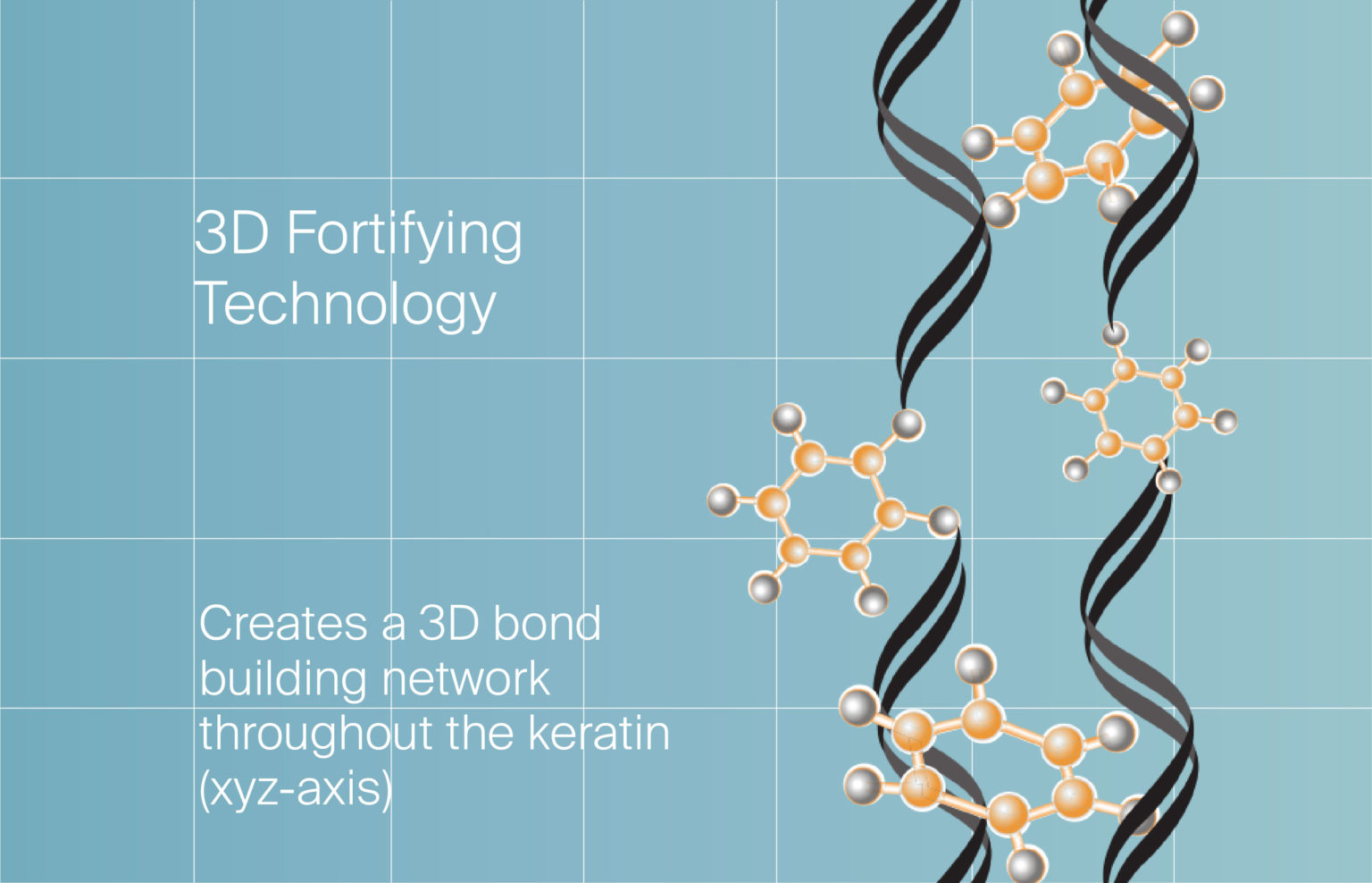 And with that, you can heat, color, and otherwise style your hair however you want to — all without compromising the strength or integrity of the hair bonds. Want to be your own healthy-hair architect? Take our hair quiz, now powered with AI, to get the blueprint for the best haircare routine for your unique needs and concerns.
And with that, you can heat, color, and otherwise style your hair however you want to — all without compromising the strength or integrity of the hair bonds. Want to be your own healthy-hair architect? Take our hair quiz, now powered with AI, to get the blueprint for the best haircare routine for your unique needs and concerns.

